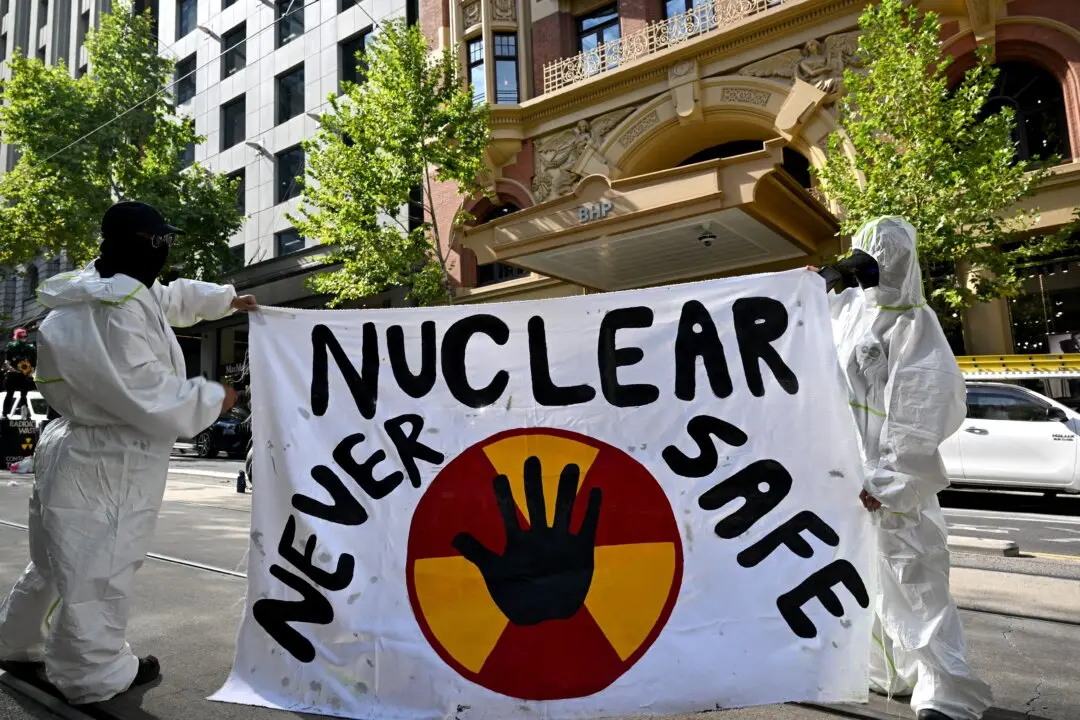An increasing number of Australians are mentally prepared for a significant interest rate hike after the Reserve Bank of Australia (RBA) lifted the cash rate for the first time in more than a decade.
According to the Westpac-Melbourne Institute consumer sentiment survey for May, over three in four respondents (77 percent) anticipated mortgage interest rates to go up over the next 12 months, up from 70 percent in April.





